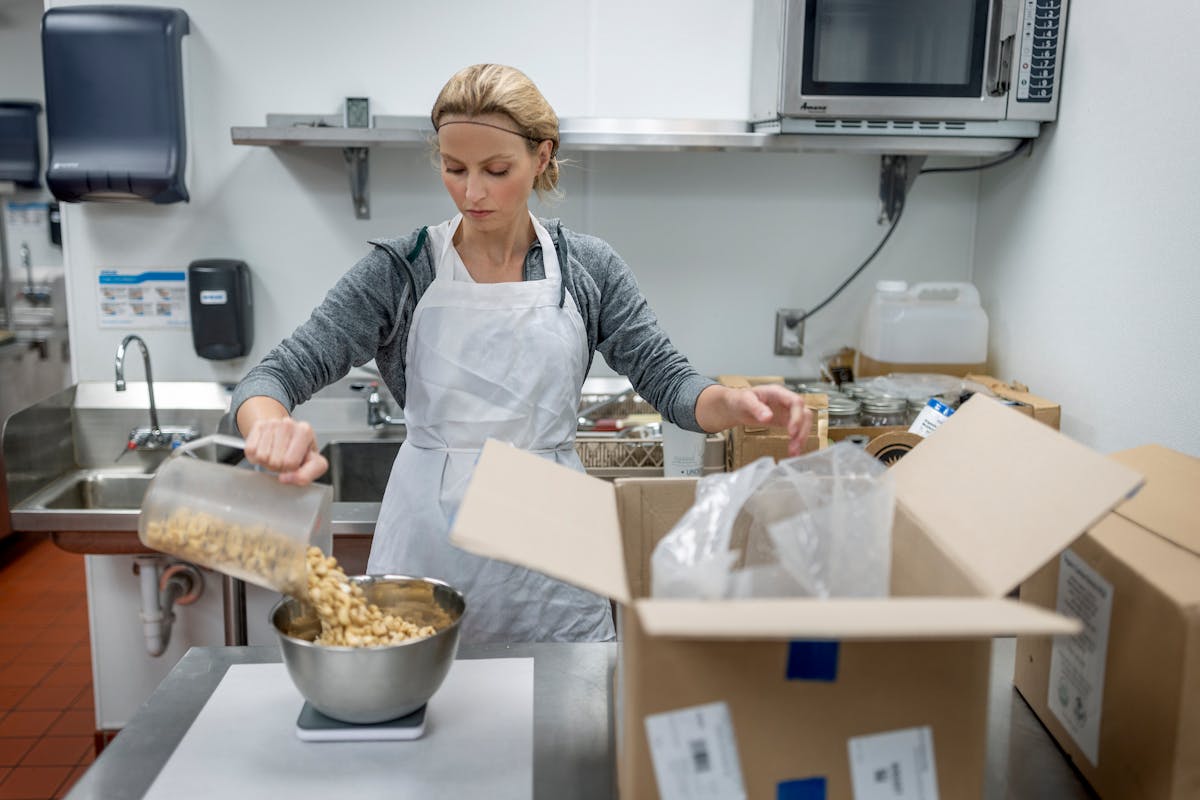Gavin Kaysen added a 21% hospitality charge in 2020 to the bill at Spoon and Stable, the upscale Minneapolis restaurant he owns and where he is chef, to boost pay parity for employees.
He includes an explanation and a pie chart of, on average, where the charge goes: 73% to the service team, 12% to cooks and other staff and 15% for business expenses.
So far, the James Beard award-winning chef's servers aren't quitting, and he has only occasional inquiries about the shift away from traditional practice of tipping 15% to 20%.
"What the hospitality charge does for us is it takes away the control from the guest," Kaysen said. "I know the 21 percent we received we're able to distribute among our team."
Suddenly, new charges called service or hospitality charges are creeping onto the check as restaurateurs seek ways to boost pay for cooks and dishwashers, who often make less than servers. Some establishments may charge a percentage for "wellness" to cover rising health care costs.
"When it comes to figuring out your bill and the tip, it's going to take a little more math than it used to," said Robin DiPietro, director of the School of Hotel, Restaurant and Tourism Management at the University of South Carolina.
These charges are adding a new complexity for diners. To help understand how to tip in this new environment, we turned to several hospitality industry insiders for their advice.
What is Minnesota law regarding tipping?
One reason some restaurants are opting for a hospitality charge is that owners legally can't ask servers to share their tips.
Under Minnesota law, a tip or gratuity is a transaction between the customer and server. Servers may choose to pool tips for other staff members, but it's ultimately their decision.
A hospitality or service charge is a transaction between the customer and the restaurant, so the business has a say in how the money is directed, said Joe Schmitt, an attorney for Nilan Johnson Lewis.
He's been working with more restaurants to implement hospitality charges as the businesses work toward sharing gratuities beyond the server.
"It dramatically reduces the disparity in compensation by all of those people who contributed to the meal," Schmitt said.
To make matters more confusing, customers may see language that the hospitality charge isn't a gratuity under Minnesota law, but the intent of these charges by responsible owners is to share the money among the staff.
Could an owner pocket the money? It's possible, but they would be unlikely to retain servers in this competitive environment for workers.
"It is this misconceived notion that that hospitality charge is going directly into our pocket. I don't receive any of it," Kaysen said. "It's a way to share and distribute the money because it's illegal for me do that with tipping. You can't do that with tipping as an owner."
Do I need to tip in addition to a hospitality or service charge?
Not necessarily.
"In general, I think the standard for tipping is 20%, but if the employer is adding some of that then you can adjust accordingly," DiPietro said. "But you do have to pay attention to the bill."
If it's not clear, she advises asking a manager how the hospitality charge is split in case you want to leave more than that as a direct gratuity for your server.
Spoon and Stable offers explicit language on its bill: "Should I leave a tip? There is no expectation to leave a tip in addition to the Hospitality Charge. The tip line is provided as an option to express appreciation for an outstanding experience."
"If the service went above and beyond what you expected and you want to leave 10, 20, 30 dollars, do it. That's great. That goes directly to the server," Kaysen said.
Patrick "Jocko" Tierney, a bartender and server at Manny's Steakhouse for 25 years who thrives on tips, sees hospitality charges as awkward for customers.
"You're in a real dilemma because the server might say it doesn't all go to them," Tierney said. "I don't think it's fair for someone to say, 'This isn't my tip' when that much is added to the bill."
What about a wellness charge? How do I tip then?
Many restaurants that haven't replaced tipping have added a wellness charge, sometimes labeled health benefits or health and wellness.
At Manny's, Tierney sees some customers turned off by the 5% wellness charge. He accepts that these charges sometimes impact his tip. "If you feel that's too much and you tip 15%, then I eat the other 5%," he said.
Parasole Restaurants, owner of Manny's, Pittsburgh Blue, the Good Earth and Salut, instituted the wellness charge to offset health care costs a few years ago. The firm raised the charge during the pandemic as sanitation expenses rose.
But you won't see a hospitality charge at Parasole's restaurants. "I think it works well for new concepts, but the restaurants we have are mature brands," said Donna Fahs, Parasole's chief operating officer.
Why don't restaurants just offset the cost of doing business by charging more?
Many restaurants have raised prices but they feel there's only so far to go, fearing customers won't stop in for $50 burgers.
Owners faced unprecedented shutdowns during the pandemic to now face skyrocketing costs. They also are struggling to woo workers even as base pay tops the $15 minimum wage in Minneapolis (for businesses with more than 100 workers) and St. Paul.
"There's nobody in my restaurants that makes less than $15 an hour," said Troy Reding, who owns Rock Elm Tavern in Plymouth and Maple Grove and Holman's Table in St. Paul. "Minimum wage in this state is really irrelevant."
Reding tried a service charge model during the pandemic. In the end, he stopped the service charge, went back to traditional tipping and added a 3% wellness charge.
"The employees were struggling with the service charge because guests confronted them," he said. "Quite simply, I got tired of fighting it and we went back to the standard gratuity situation here."
Rebels kill at least 4 people during an attack on a Central African Republic mining town
How bad are ultraprocessed foods, really?
Flash floods in northern Afghanistan sweep away livelihoods, leaving hundreds dead and missing



